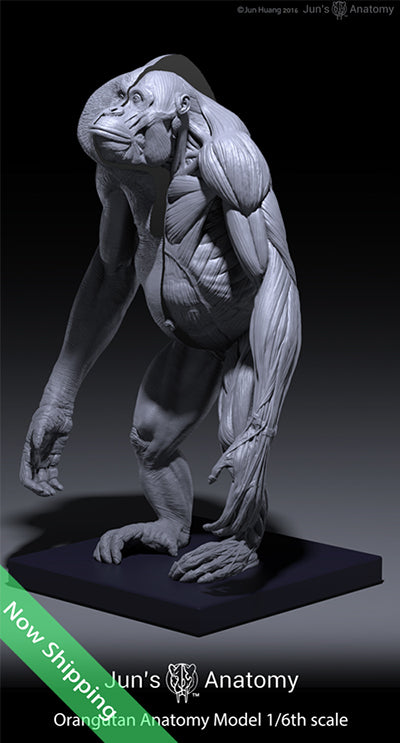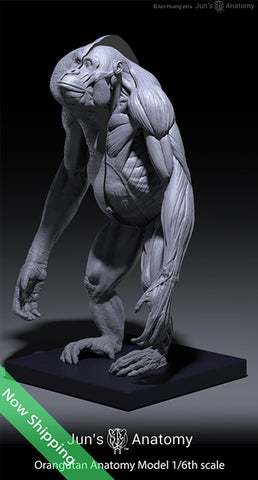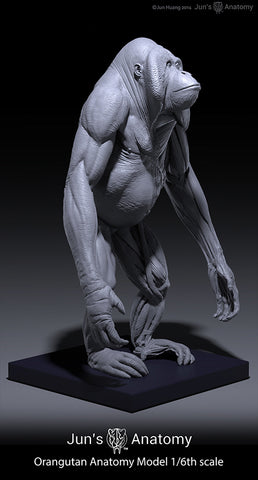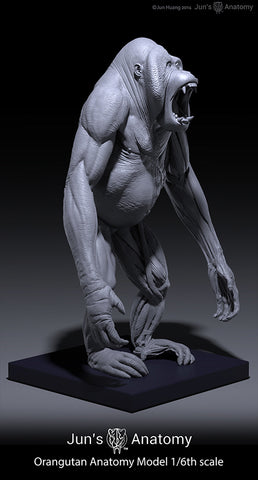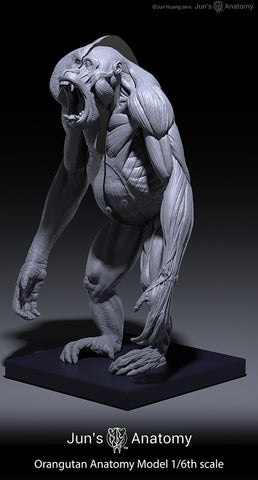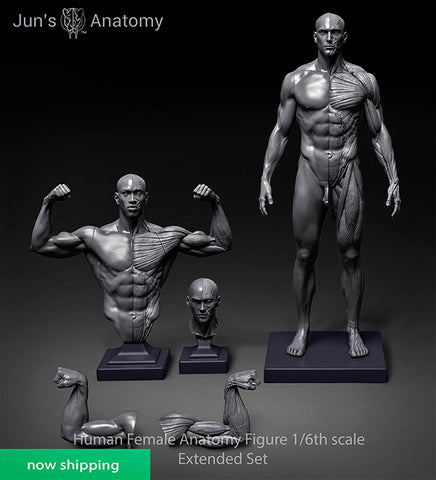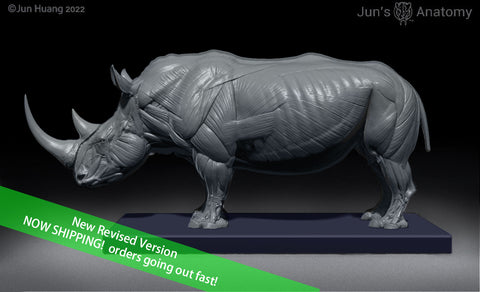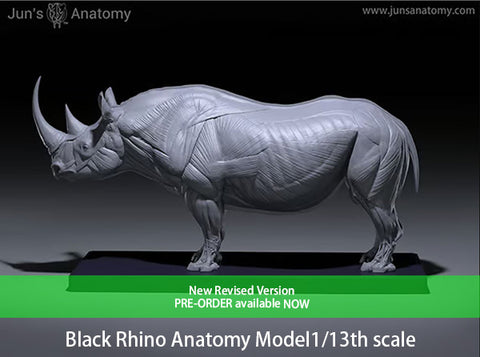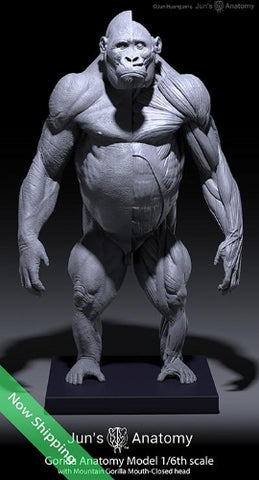Orangutan Anatomy Model 1/6th scale
$199.00
Shipping Notice* a number of my supporters encountered a problem when ordering multiple items(over 2 -3 items depending on the number of times/size/weight) due to the limited options in the shopping cart system, it cause the system to produce error message saying " your order cannot be shipping to the selected address..." when this happens please make separate orders, this will ensure accurate shipping calculations to carry through without causing an error. We will sort out and combine shipping if its available to the destination provided. Sorry for the inconvenience!
Due to the ongoing changing shipping cost, service providers, my dropshipper will find the most economical option and any excess funds will be refunded.
The orangutan model is set at 1/6th scale, representing one of the the largest animal on record reaching 5 ft in height weighting in at 230 lb, though the average size is around 4 ft 6 inches. This desktop size model is approximately 10" tall, it shows superficial muscle on one side, surface anatomy on the other side. This size is perfect for desktop reference, teaching or study.
Note* mouth-open "roar" head and plinth sold separately.
colors: neutral grey approximate size: 10" x 4" x 5" (including the base)
An orangutan has a large, bulky body, a thick neck, very long, strong arms, short, bowed legs, and no tail. It is mostly covered with long, reddish-brown hair and grey-black skin. Sumatran orangutans have more sparse and lighter-coloured coats. The orangutan has a large head with a prominent mouth area. Though largely hairless, their faces can develop some hair in males, giving them a moustache.
Adult males have large cheek flaps to show their dominance to other males. The cheek flaps are made mostly of fatty tissue and are supported by the musculature of the face. Females typically stand 115 cm (3 ft 9 in) tall and weigh around 37 kg (82 lb), while flanged adult males stand 136 cm (4 ft 6 in) tall and weigh 75 kg (165 lb). A male orangutan has an arm span of about 2 m (6.6 ft).
Orangutan hands are similar to human hands; they have four long fingers and an opposable thumb. However, the joint and tendon arrangement in the orangutans' hands produces two adaptations that are significant for arboreal locomotion. The resting configuration of the fingers is curved, creating a suspensory hook grip. Additionally, without the use of the thumb, the fingers and hands can grip tightly around objects with a small diameter by resting the tops of the fingers against the inside of the palm, creating a double-locked grip.
Their feet have four long toes and an opposable big toe. Orangutans can grasp things with both their hands and their feet. Their fingers and toes are curved, allowing them to get a better grip on branches. Since their hip joints have the same flexibility as their shoulder and arm joints, orangutans have less restriction in the movements of their legs than humans have. Unlike gorillas and chimpanzees, orangutans are not true knuckle-walkers, and are instead fist-walkers.

